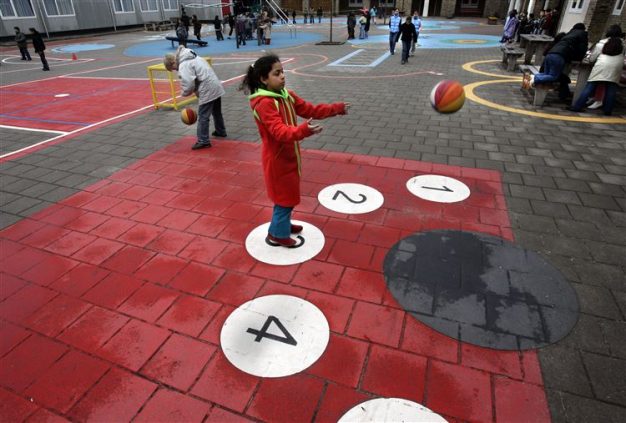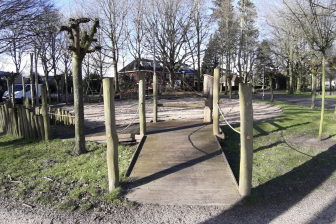
Designing imaginative play spaces can enrich children’s lives
With the dramatic decline in children’s opportunities to play in cities, Dutch designers and urbanists were invited to join a design competition to design innovative playgrounds for children and adults living in the Hague city, in the Netherlands.
According to scientists, outdoor play allows children to develop a sense of well-being and it helps to develop their emotional responses and improves their interpersonal skills. However, it is widely acknowledged that today’s children and young people generally have fewer opportunities for outdoor play than previous generations.
Children’s playgrounds often look remarkably similar and the design process can be dominated by assumptions and stereotypes. Furthermore, regeneration of our cities, often led by wealth-driven developers do not consider development of playgrounds as their priority.
Enriching lives of children
Therefore, many organizations spend their efforts on initiatives to give back the opportunities for play to our children and believe that it is necessary to create inspiring play spaces that will please, excite, challenge and satisfy children.
“Play space needs to be of high quality and good design to attract children and families and become a valued part of the local environment. Poor quality and unimaginative space will not be attractive to children, and will not be valued by the local community. Subsequently, it will fall into disuse and disrepair, ” said Anne Koning, Head of Programs from Jantje Beton, a non-governmental organization promoting chidren’s play.
Design-led approach and community participation
For this reason, Anne Koning and her team organized a design competition ‘Jantje Beton Play Award 2012’, which commenced in January 2012 and took place in Hague, a city in the Netherlands.
“The aim of the design competition was to inspire creativity. We wanted to draw the attention from the local politicians to the concepts produced during the competition and inspire them to support creating stimulating play areas for children and the local communities,” commented Koning.
Architects, urban development planners, landscape architects, urban and rural planners, outdoor space designers, infrastructure consultants were all invited to participate in the competition.
“We chose a specific neighbourhood within the city and asked the contestants to focus on specific areas within this marked neighbourhood. The designers had to take into consideration that everyone wants something slightly different and that there should be areas for quiet contemplation, study and talking, as well as active play,” added Koning.
“They had a choice to either focus on spatial aspects,traffic aspects, style, product design and visual arts or a combination of all of these. We placed emphasis on a description of the design process rather than the design itself” explained Konning.
Council spends 20,000 EUR
The jury process was led by professionals as well as children.
“The city council were very enthusiastic about the competition and the entries. We are very pleased with the outcome as the council invited the winners, Aafje Meijer and Karen Weening from the Studio Pret to implement their concepts. The council supported this by spending 20,000 EUR on realizing this implementation,” said Konning.
“The competition achieved high media coverage and more than 25 channels reported on the topic, which reached all the Dutch municipalities.”




